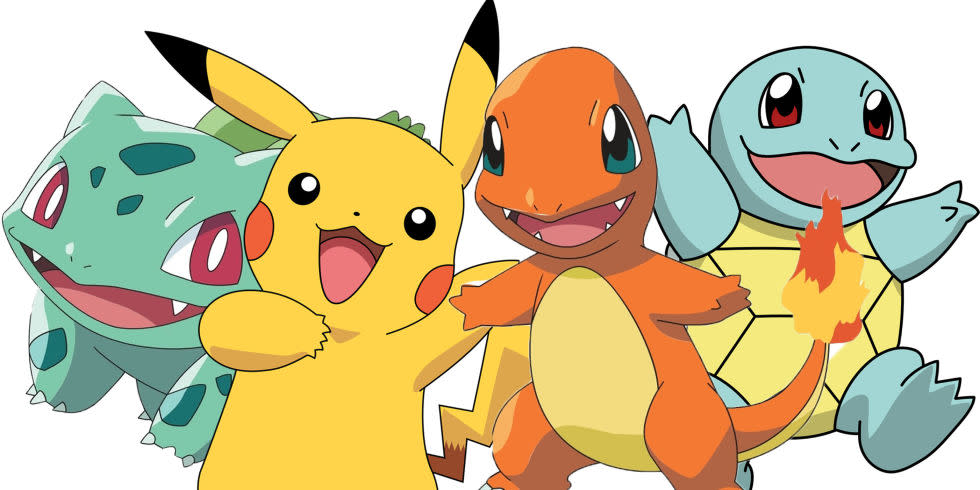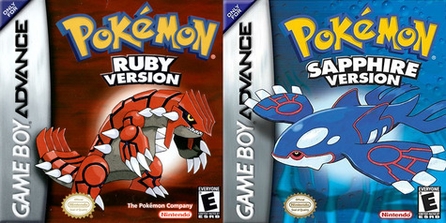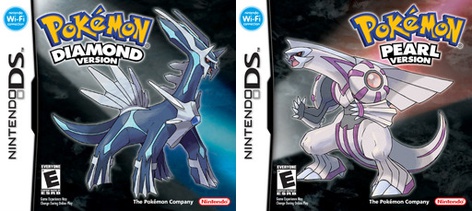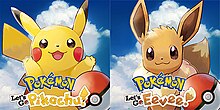|
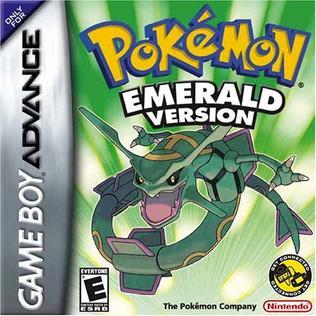
The gameplay in Emerald is largely the same as in Ruby and Sapphire. Much of the game takes place in an overhead style; players' characters can move in four directions and can talk to other people on the overworld. Players can encounter wild Pokémon by walking into grass, surfing on their Pokémon, walking through caves, and other means.
They can also battle other trainers' Pokémon. When this happens, the game shifts to a battle screen where players and their Pokémon are seen on the front-left portion of the screen while opponents are viewed on the back-right portion. Stats of the Pokémon and their trainers are shown on the side of each participant; these stats include the Pokémon's levels, each trainers' number of Pokémon (from one to six), the Pokémon's health, and any status effects, such as poison, paralysis or burn.
Trainers send out the first Pokémon in their party and they take turns attacking where the first strike is determined usually by the speed of the two Pokémon. Players can choose from one of four options: Fight, Bag, Switch, and Run. Each Pokémon has up to four moves that they can use, which have different effects, number of uses, and types, such as Grass or Psychic. When a Pokémon hits 0 hit points (HP), they faint, forcing the Pokémon's trainer to switch out. Once one trainer runs out of Pokémon, the battle is over. When a human-controlled Pokémon wins a battle, the Pokémon gains experience. Enough experience will earn that Pokémon a higher level, which grants upgraded stats—attack, defense, special attack, special defense, HP, and speed—and sometimes grant new moves.
|



